Transcription of COVID-19 Outbreak: Capital Markets ... - World Bank
1 Page 1 of 26 March 25, 2020 COVID- 19 outbreak : Capital Markets implications and Response1 March 25, 2020 The COVID-19 crisis is an extraordinary supply and demand shock to the global economy with far reaching and uncertain ramifications. Emerging Markets and Developing Economies (EMDEs) are highly exposed, and Capital Markets are one of the main transmission channels of this on-going, global, systemic shock. This note identifies the impact of this evolving crisis on EMDE Capital Markets to date, assesses the different policy actions that policy makers have taken in response, and outlines some aspects of the assistance that the World Bank can provide to help alleviate the financial and economic damage from the coronavirus pandemic.
2 Countries with high public- and private-debt levels, high foreign-investor participation, as well as less-developed domestic Capital Markets are most vulnerable. The private sector is highly exposed to the current crisis, especially small- and medium-sized firms, BBB-rated corporates and firms with heavy reliance on foreign exchange debt. Policy responses are focused so far on emergency measures designed to alleviate the liquidity and credit squeeze, as well as to normalize the extreme market volatility. Emergency assistance to private debt issuers has been part of measures directed to firms broadly and include tax relief and regulatory forbearance. So far, specific measures for listed corporates have been more limited.
3 The World Bank can play a role in the Capital market response by (i) advising on the applicability of emergency responses to countries and assessing longer-term consequences, (ii) identifying low-hanging reforms to address structural bottlenecks and (iii) helping to identify reforms that could accelerate the recovery. 1. What is the impact of the COVID- 19 outbreak on Capital Markets ?2 The initial impact of the COVID- 19 outbreak on international and domestic Capital Markets has been acute, with sharp price adjustments observed across fixed-income and equity Markets . The outbreak to date has resulted in the following developments. 1 Prepared by Bryan Gurhy, Jing Zhao, Catiana Garcia-Kilroy, Ana Carvajal, Gonzalo Martinez Torres, Jose Antonio Gragnani and Tanya Konidaris, under the supervision of Anderson Caputo Silva.
4 Additional inputs for this note were provided by Loic Chiquier, Carlos Senon Benito, Swee Ee Ang, Cigdem Aslan, Cindy Paladines and Fang (Frances) Tan. The note has been reviewed and cleared by Caroline Freund and Alfonso Garcia Mora. 2 Annex 1 provides an overview of the financial market impact. Page 2 of 26 March 25, 2020 The World Bank Group COVID- 19 outbreak : Capital Markets implications and Response Global financial market volatility and repricing: Investors struggled to assess the rapidly evolving impact of the outbreak , despite unprecedented global policy actions. A sharp repricing took place across global financial Markets with lower rated, less liquid asset classes facing the largest price adjustments.
5 Investor flight towards the safest assets has been strong as valuations and investor appetite for riskier assets has all but vanished. The crisis has been accompanied by a sharp supply shock to oil prices, which has amplified price moves in some other asset Markets . Liquidity crunch across global financial Markets : The Capital Markets - banking nexus accentuated Capital flight and market moves in many EMDE Markets . Firms and individuals, seeking liquidity, tapped any available credit lines in the banking system, thereby forcing banks to sell liquid securities and reduce trading limits, just as asset- management companies similarly attempted to sell assets to cover redemptions (see section 2).
6 3 Reduced asset valuations will also pose a significant challenge for other market participants, such as money market mutual funds, particularly for those where investments are marked to market . In addition, the significant volatility and decline in price transparency is also contributing to reduced investor confidence. Capital outflows and currency depreciation versus the US dollar (USD): The surge in demand for US dollars to cover collateral positions precipitated a depreciation of most currencies versus USD. Driven by the global liquidity crunch and increased risk aversion, Capital Markets in EMDEs experienced Capital outflows at unprecedented Low or no activity in some bond Markets : The primary market for new bond issues has closed for many issuers, which is a key concern, especially for lower-rated sovereigns and private sector issuers.
7 In this environment, private sector borrowers will increasingly rely on bank funding, which puts pressure on bank credit lines. Large impact also in smaller, less developed Capital Markets : This has occurred mainly via the government bond market . Borrowers who have relied heavily on external borrowings are most vulnerable, especially those with less developed local currency bond Markets . Impact for EMDE government issuers The COVID -19 crisis brings significant challenges to EMDE government issuers. Debt managers are confronted with volatile funding Markets while facing increased financing needs, higher funding costs, large foreign Capital outflows and uncertain investor behavior. It will be critical for debt sustainability that governments carefully assess how to finance their fiscal response, particularly in the context of already high public debt vulnerabilities in many countries.
8 3 While the decline in liquidity has been driven by the financial market volatility, more structural issues such as lack of hedging tools, higher inventory and market -making costs, and stricter regulations may be exasperating some of the market moves as well as the lockdown , which may be affecting financial intermediaries ability to serve Markets . 4 According to most recent IIF data, cumulative Capital outflows since the COVID-19 episode began in late January are already twice as large as in the global financial crisis and dwarf stress events such as the China devaluation scare of 2015 and the taper tantrum in 2014. Page 3 of 26 March 25, 2020 The World Bank Group COVID- 19 outbreak : Capital Markets implications and Response In the current environment, accessing the international debt market will be costly or impossible for many EMDE government issuers.
9 As a result, issuers may need to focus their increased funding requirements on the domestic Capital market . Increasing risk aversion in financial Markets globally and a preference for short term liquidity will also likely result in a higher cost of funding for the sovereign in many domestic Markets , and especially those with less diversified investor bases. This comes at a time, when sovereign funding needs are increasing, both to finance new public interventions and to roll over existing external borrowings. This increased activity of the sovereign in the domestic Capital market will likely have a negative impact on other non-sovereign issuers and their ability to access the domestic debt market .
10 Sovereign issuers will also be affected by the need to provide explicit or implicit support to the corporate sector. Companies with high debt will also likely affect the sovereign through demand for liquidity channels (asset repurchases, repos) and the need for direct or indirect state support. This can also have direct implications on the cost of funding for the sovereign and future public debt levels, as the sovereign may need to give implicit or explicit state-guarantees. Table 1: Overview of EMDEs government debt Markets 10-yr yield for USD debt for selected EMDE sharply higher (1-mth yield change (bps)) Source: Bloomberg Currency composition of government debt as % of GDP Source: IIF Many EMDEs have high 2020 refinancing obligations Source: IIF Some Markets exposed to foreign investor flight from local sovereign bond market Source: IIF, Debt Management & Central Bank websites Page 4 of 26 March 25, 2020 The World Bank Group COVID- 19 outbreak .
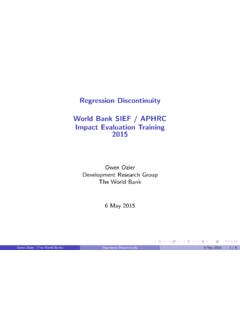


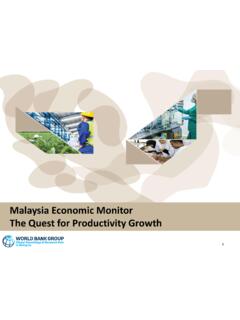

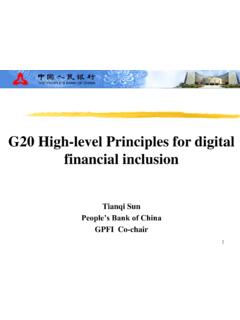
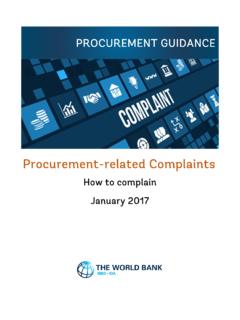
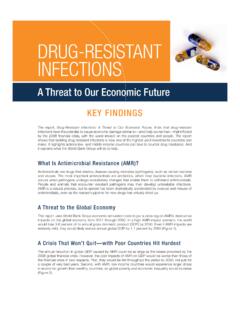
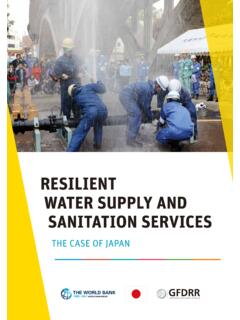
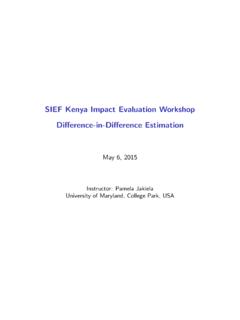

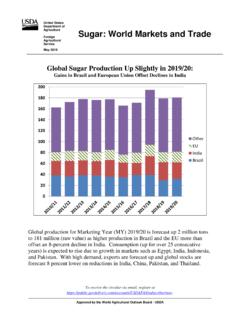


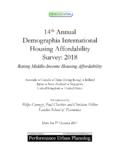

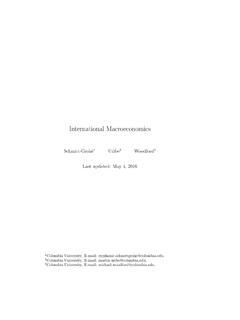

![)RUHLJQ $JULFXOWXUDO 6HUYLFH K ] o W t } o D l v d](/cache/preview/f/c/e/2/4/e/b/1/thumb-fce24eb1d5497a06f44eba8975ddfd0b.jpg)